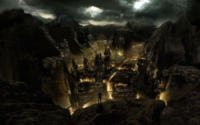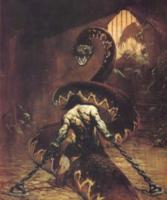
This article builds off the concepts presented in Designing Fantasy Cities: Purpose. When we talk about who lives in a town or city, the first thing that often comes to mind is race. This isn’t a bad thing, as that often links back to culture in fantasy. Dwarves live differently than elves. It may make us all fictional bigots to think that way, but its useful, [Read the article]








